This Summer's Workout Threat-o-Meter
We uncover the hidden dangers (beyond sprained ankles) of this season's 7 most popular fitness activities—and how to avoid them.
By Corrie Pikul

Photo: Thinkstock
Paddleboarding
Surprise risk: This water sport, which originated in Hawaii but is now catching on across the U.S., requires a surfer's balance and a Venetian gondolier's sense of timing. You stand on a floating board that's more stable than a surfboard and use a long paddle to propel yourself. Biceps of steel aren't necessary, but strong, flexible feet are, because that's what you use to turn and stabilize the board and your body. Many first-timers are shocked by how much their foot muscles burn after a few miles of steady paddling, says Jessica Matthews, an exercise physiologist for the American Council on Exercise (ACE).
Ouch! Factor (Scale is 1 to 5, where 5 is maximum pain potential): 4 while leaning hard to one side to race an incoming storm; 2 while sitting on the beach the next day.
Paddle safely: Before hitting the water, stretch by your feet by rolling your ankles and pointing and flexing your toes. While paddling, keep your knees and ankles soft and flexible, Matthews says. Also try to root all four corners of your feet into the board, distributing your weight equally—even when you get tired and want to roll your ankles inward.
Ouch! Factor (Scale is 1 to 5, where 5 is maximum pain potential): 4 while leaning hard to one side to race an incoming storm; 2 while sitting on the beach the next day.
Paddle safely: Before hitting the water, stretch by your feet by rolling your ankles and pointing and flexing your toes. While paddling, keep your knees and ankles soft and flexible, Matthews says. Also try to root all four corners of your feet into the board, distributing your weight equally—even when you get tired and want to roll your ankles inward.
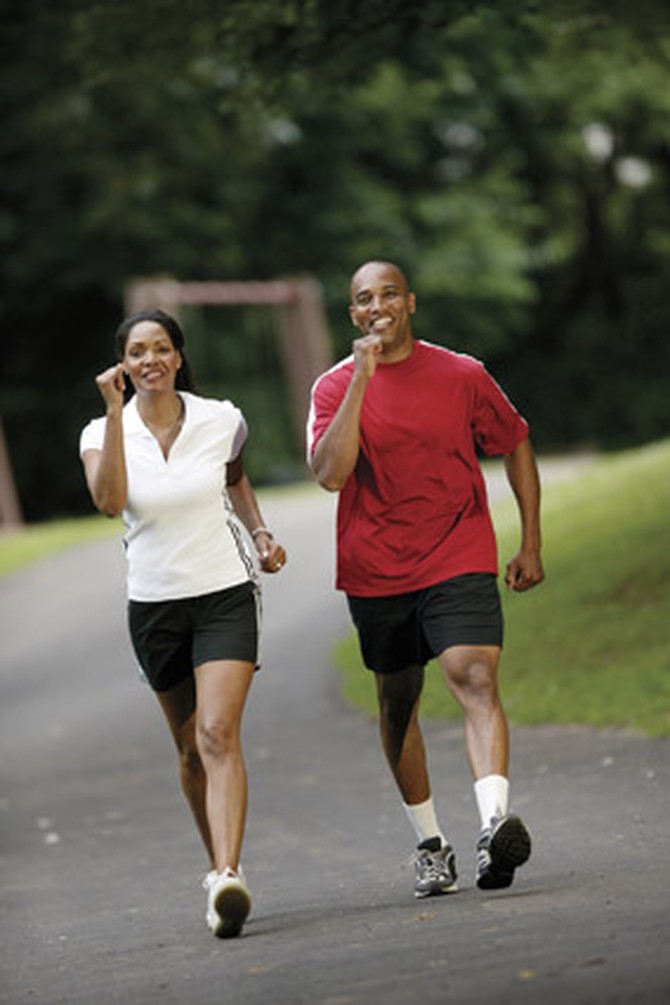
Photo: Thinkstock
Walking
Surprise risk: The beauty of walking is that unless you're doing it with your eyes closed in the middle of a freeway, it's pretty hard to hurt yourself. But it's not impossible, Matthews says. She often sees over-enthusiastic walkers trying to increase their calorie burn with hand or ankle weights. Hand weights heavier than three pounds put stress on wrists, elbows and shoulders, and ankle weights throw off your gait, which can lead to knee problems.
Ouch! Factor: 3, but the soreness might not set in until after you reach your destination.
Stride safely: Matthews suggests a vest, which is unlikely to affect your balance or gait, with weights that are 5 to 10 percent of your body weight (that would be 7.5 to 15 pounds for a 150-pound woman). Bonus: Walking with a vest not only burns more calories but also helps strengthen your bones.
Read more: Bob Green's favorite bone-building exercises
Ouch! Factor: 3, but the soreness might not set in until after you reach your destination.
Stride safely: Matthews suggests a vest, which is unlikely to affect your balance or gait, with weights that are 5 to 10 percent of your body weight (that would be 7.5 to 15 pounds for a 150-pound woman). Bonus: Walking with a vest not only burns more calories but also helps strengthen your bones.
Read more: Bob Green's favorite bone-building exercises
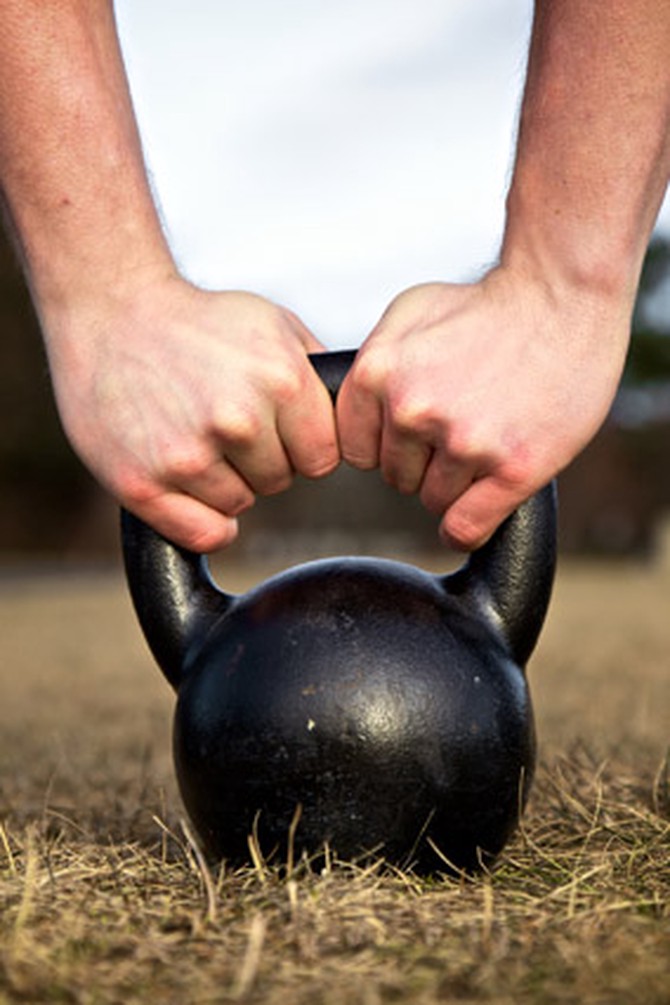
Photo: Thinkstock
Marine-Style Boot Camps
Surprise risk: These tough, high-intensity group workouts, which combine weight training with cardio moves that send your heart rate through the roof, have been shown to be a highly effective and efficient way to burn calories. However, Matthews (a big fan of boot camps) says they usually involve unconventional props that can bruise more than your ego. The trickiest ones are probably the 20-pounds sandbags, which your instructor may require you to raise over your head or toss around the room. The sand inside shifts, which makes the bags harder to grip (good for the muscles you're using to hold them), and easier to drop (bad for the body parts that get caught underneath them).
Ouch! Factor: 2 to 4, depending on where the sandbag lands.
Sweat safely: Matthews suggests starting with 4-pound sandbags, and giving yourself time to adjust to how they affect your grip and your balance before progressing to bigger, heavier weights.
Ouch! Factor: 2 to 4, depending on where the sandbag lands.
Sweat safely: Matthews suggests starting with 4-pound sandbags, and giving yourself time to adjust to how they affect your grip and your balance before progressing to bigger, heavier weights.
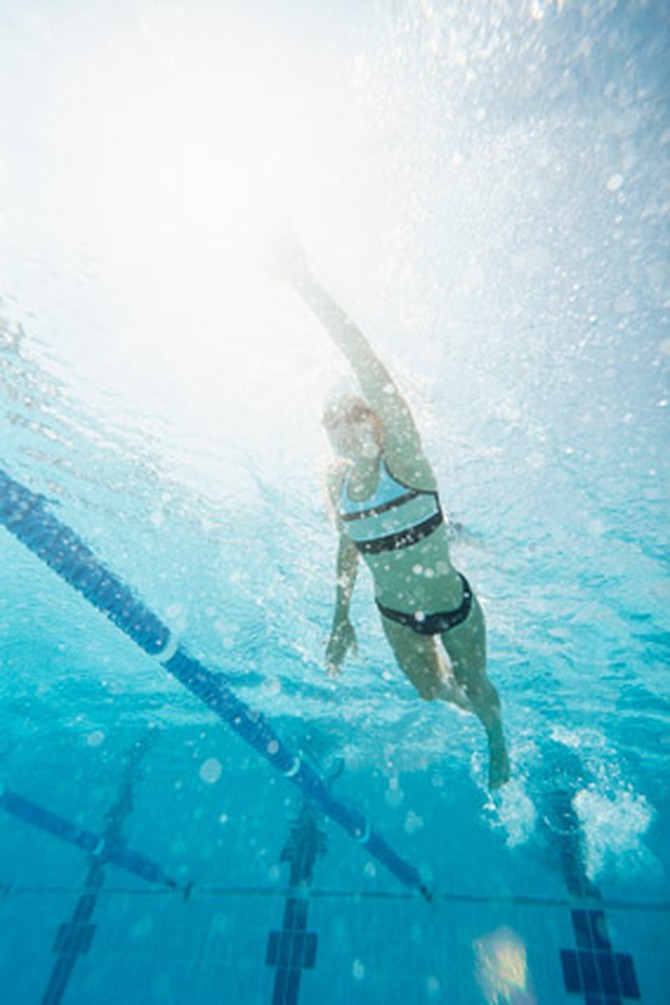
Photo: Thinkstock
Swimming
Surprise risk: Shoulder strains don't just strike poolaholics who swim six to eight miles a day. This inflammation of the rotator cuff, which makes the joint feel like it's on fire, can also afflict weekend freestylers who aren't doing the stroke properly, says Matthews, who used to teach swimming and aquatic fitness.
Ouch! Factor: 4 if you don't switch your stroke or your style, and 5+ if your strain becomes a tear (pay attention to the pain and back off before that happens).
Swim safely: While swimming freestyle, make sure that all five fingers dive under the water together, with your palm facing down, Matthews says. If your thumb is going in first, you're over-rotating your shoulder. She adds that because we rotate our shoulders inward all day long while typing and driving, for instance, we all need to make sure we're stretching the opposing muscles—and this is especially important for swimmers. "Any move where the thumb points up and back can help," says Matthews—like this Pilates-inspired standing pose.
Ouch! Factor: 4 if you don't switch your stroke or your style, and 5+ if your strain becomes a tear (pay attention to the pain and back off before that happens).
Swim safely: While swimming freestyle, make sure that all five fingers dive under the water together, with your palm facing down, Matthews says. If your thumb is going in first, you're over-rotating your shoulder. She adds that because we rotate our shoulders inward all day long while typing and driving, for instance, we all need to make sure we're stretching the opposing muscles—and this is especially important for swimmers. "Any move where the thumb points up and back can help," says Matthews—like this Pilates-inspired standing pose.
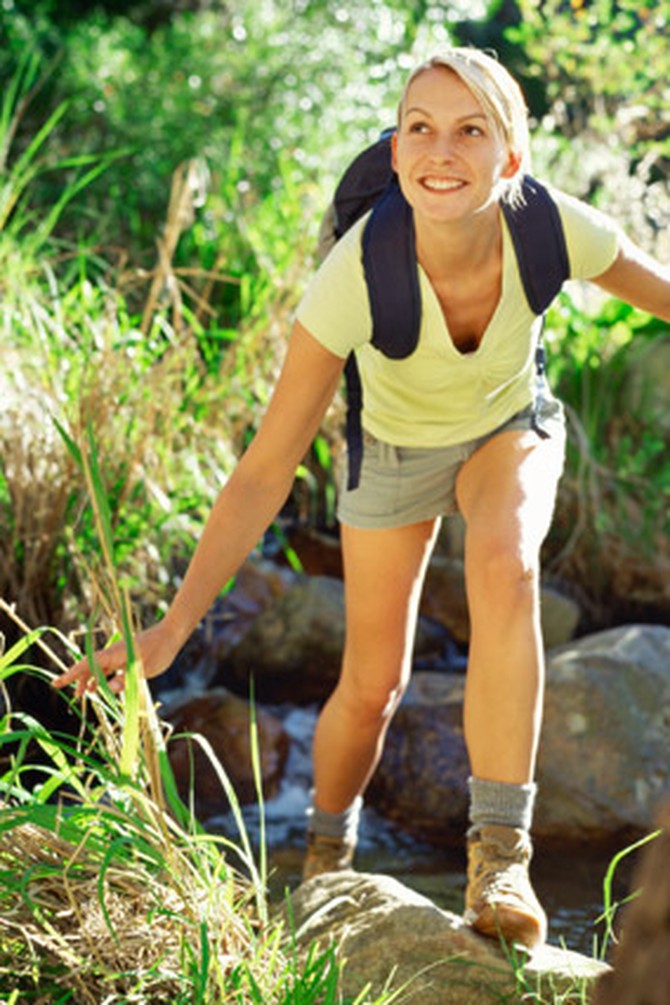
Photo: Thinkstock
Hiking
Surprise risk: You may be a sure-footed mountain goat who rarely worries about newbie mistakes like stubbing your toes or slipping on inclines. But boldness can lead to other problems. Over time, taking large, fast steps up ascending rock faces can strain your calves and Achilles tendons, says Mandy Pohja, a wilderness instructor with the National Outdoor Leadership School.
Ouch! Factor: 3 to 4. Rest is the best treatment for these types of lower-leg strains, which means you could be off the trails for the rest of the summer. (Bummer factor: 5+)
Climb safely: Taking smaller strides on rocky patches will help keep your hips over your feet, Pohja says.
Read more: Hiking mistakes to avoid
Ouch! Factor: 3 to 4. Rest is the best treatment for these types of lower-leg strains, which means you could be off the trails for the rest of the summer. (Bummer factor: 5+)
Climb safely: Taking smaller strides on rocky patches will help keep your hips over your feet, Pohja says.
Read more: Hiking mistakes to avoid
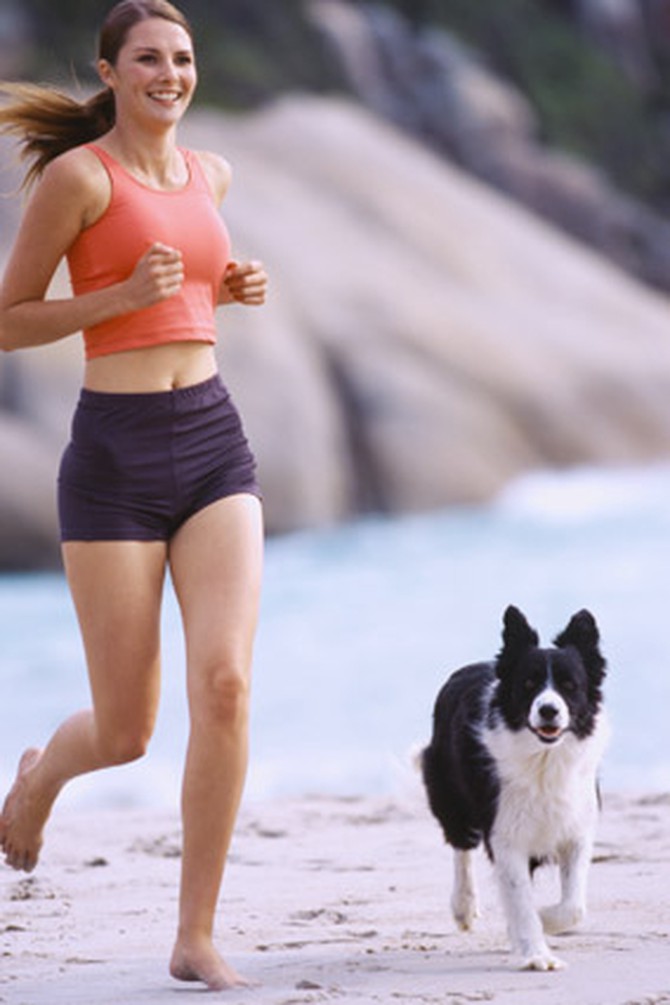
Photo: Thinkstock
Running Barefoot
Surprise risk: No doubt you've heard devotees swear that running barefoot, or in minimalist shoes, cured their chronic aches. What many would-be converts don't realize is that running unshod requires them to completely change their gait. ACE has found that those who fail to adapt their stride can end up putting even more weight and pressure on the back of their feet than they would while wearing sneakers, which can lead to fractures of the heel—the most serious kind.
Ouch! Factor: 5 if you continue to heel-toe it on concrete or asphalt. (We're referring to physical pain, not the aesthetic pain some people feel while looking at minimalist shoes.)
Sprint safely: Whether you want to run barefoot on the beach or wear minimalist shoes on the sidewalk, start off walking or jogging slowly, and focus on landing on the middle of your foot, not your heel, Matthews says.
Read more: The pros and cons of barefoot-style shoes
Ouch! Factor: 5 if you continue to heel-toe it on concrete or asphalt. (We're referring to physical pain, not the aesthetic pain some people feel while looking at minimalist shoes.)
Sprint safely: Whether you want to run barefoot on the beach or wear minimalist shoes on the sidewalk, start off walking or jogging slowly, and focus on landing on the middle of your foot, not your heel, Matthews says.
Read more: The pros and cons of barefoot-style shoes
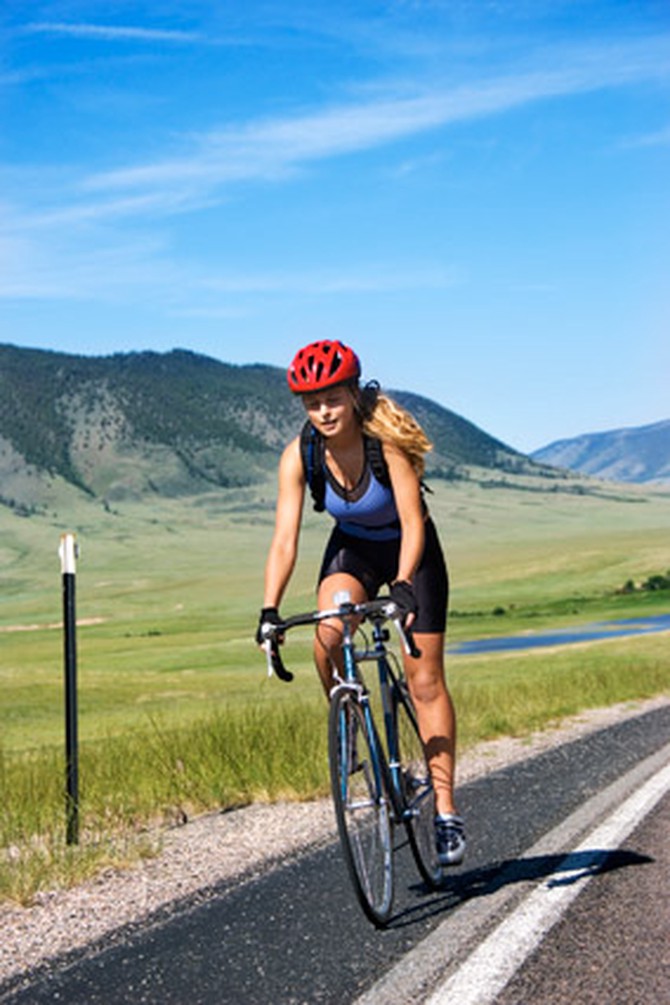
Photo: Thinkstock
Cycling
Surprise risk: After a long ride, you may be expecting to feel it in your hind quarters, but you shouldn't notice any tingling or numbness in your wrists or hands. If you are, this could mean you're reaching too far forward, which can lead to a pinched nerve in your wrist.
Ouch! Factor: 2—this sensation is more uncomfortable than painful, but it will still distract you from your ride.
Cycle safely: Your elbows should be slightly bent, not locked, and your arms should be perpendicular to your torso. If you had your seat fitted at a bike shop (i.e., you've got the right setup) but the numbness is continuing, it's possible that your hands are being lulled to sleep by the vibrations from aluminum handlebars. Loosening your grip, wearing padded cycling gloves or investing in handlebar dampers or plugs that absorb some of the vibrations can help.
Next: Addictively fun exercises your trainer doesn't want you to know about
Ouch! Factor: 2—this sensation is more uncomfortable than painful, but it will still distract you from your ride.
Cycle safely: Your elbows should be slightly bent, not locked, and your arms should be perpendicular to your torso. If you had your seat fitted at a bike shop (i.e., you've got the right setup) but the numbness is continuing, it's possible that your hands are being lulled to sleep by the vibrations from aluminum handlebars. Loosening your grip, wearing padded cycling gloves or investing in handlebar dampers or plugs that absorb some of the vibrations can help.
Next: Addictively fun exercises your trainer doesn't want you to know about
Published 05/16/2012

